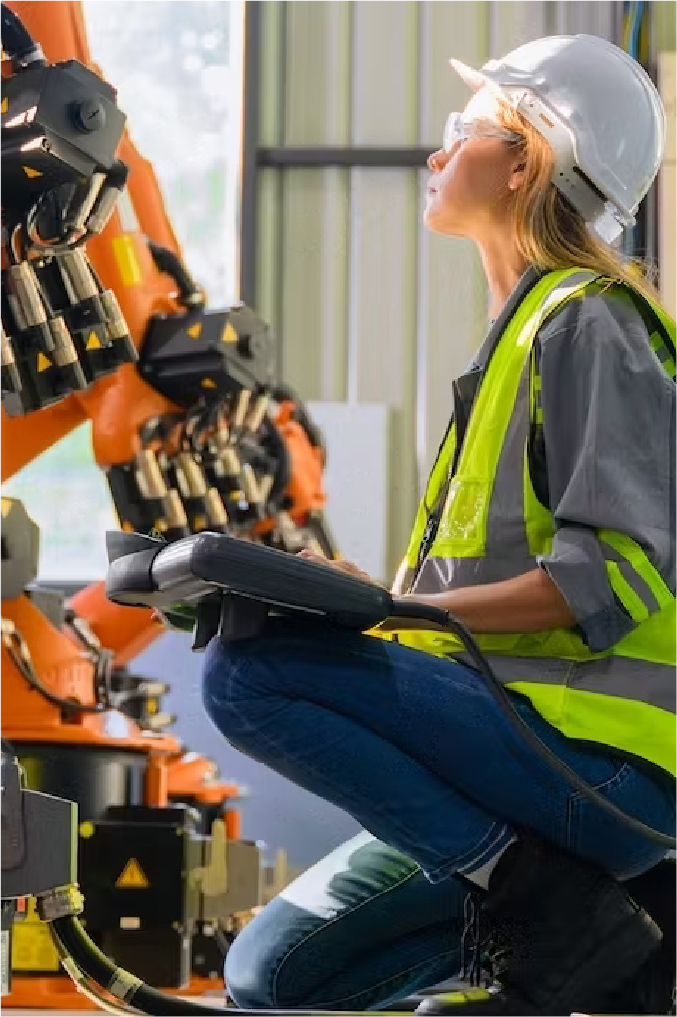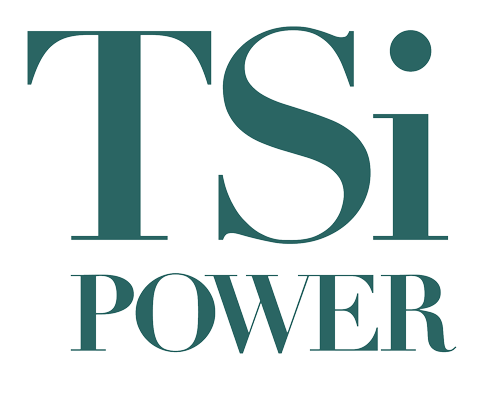

CNC & electronic machines are at the core of manufacturing. With real-time voltage correction, our products supply the cleanest power ensuring high productivity and lower maintenance of machines. We are not only powering machines, we are powering happiness.

Developing economies have been suffering from poor power quality, adversely impacting the performance of electronic machines across industries. TSi Power, India was born in 2011 with the vision to bring the right solution with effective power conditioners.
Voltage is the driving force for any electrical machine.However, due to poor distribution infrastructure, demand side load variations and supply side disturbances, the available voltage is subject to time-of-the-day variations, sags, surges, transients and sudden fluctuations. If not corrected, they will cause electrical machines to malfunction, consume more power, and cause catastrophic breakdowns. The problem is more pronounced in modern electronic machines. To overcome machine malfunctions, breakdowns and excessive power consumption, you need a voltage regulator.
Your voltage regulator should be able to do power correction to a quality which can ensure your gadget’s health.
The most common methods are:
CVT: the voltage is controlled through a ferro-resonant transformer. Suitable for small capacities where running load is around 80% of rated capacity, losses are high during low loading.
Switching/tap-changing transformer: the voltage is corrected by switching the taps in a transformer. This is a slow method and generates switching surges.
Servo-Voltage stabiliser: the voltage is compensated through a series buck-boost transformer by injecting a compensating voltage. The compensating voltage is tapped from an auto-transformer/ dimmer by a moving carbon brush. The carbon-brush movement is controlled through a servo-motor or a DC motor. Being an electro-mechanical device, the rate of correction is slow, in seconds. The brush movement can generate sparks & electrical noise.
UPS: the incoming power is converted from AC (alternating current) to DC (direct current) to store electrical energy in a battery. In the event of a power outage or voltage fluctuation, the UPS needs to provide power to connected devices. This is where the second conversion from DC to AC comes into play. An inverter is used to convert the stored DC power back into AC power, which can then be supplied to the connected equipment.
Static Voltage regulator: SVR is an electrical device that maintains stable output voltage despite voltage fluctuations or variations in the input voltage. Since a static stabiliser uses electronics it has fast correction speed. Static voltage stabilisers are commonly used to protect sensitive devices from voltage-related issues, such as voltage sag and swell, spike, electrical noise,voltage unbalance and voltage fluctuation.
Speed and Precision: Static voltage stabilisers can respond to voltage fluctuations extremely fast, real-time, within 1 waveform, i.e. few milliseconds. This rapid response ensures that sensitive/modern electronic equipment receives a stable and precise voltage supply, minimising the risk of damage.
Efficiency: They are energy efficient as they do not consume power to adjust voltage levels. They are only active when there is voltage deviation.
Compact Size: They are typically compact and lightweight.
Noise Reduction: Static voltage stabilisers have in-buit noise filters to reduce electrical noise and interference.
Surge Suppression: Static voltage stabilisers have in-buit surge suppressors of Class II.

TSi Power (P) Ltd.
154-155, Siddhi Industrial Infra Park, Waghodia, Vadodara, Gujarat 391760
© 2024 All Right Reserved
Terms & Conditions